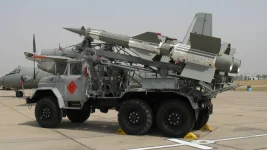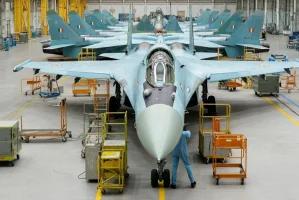- Views: 2K
- Replies: 7

Recent war games conducted in India's Combatised Uttar Bharat Area (CUBA) have demonstrated the formidable capabilities of the ZU-23 mm anti-aircraft gun system in neutralizing low-level aerial threats.
The gun's precision and swift target engagement during the exercises underscore its continued value in India's evolving air defence network.
The CUBA war games highlight India's ongoing strategic recalibration in response to ongoing border tensions. This restructuring, spurred by the Galwan Valley clash, saw the transfer of responsibility for the sensitive Himachal and Uttarakhand borders with China from the Northern Command to the Central Command.
Led by the late Chief of Defence Staff (CDS) General Bipin Rawat and current Chief of Army Staff General Manoj Mukund Naravane, this realignment aimed to streamline operations and bolster border security.
The ZU-23: A Legacy Weapon with Continued Relevance
The ZU-23, a Soviet-era twin-barreled anti-aircraft gun, remains a reliable component of India's air defence strategy. Its effectiveness against low-flying aircraft, drones, and helicopters makes it a valuable asset in protecting ground troops and strategic installations."The ZU-23 may be an older system, but as these exercises demonstrate, it still packs a punch," commented defence analyst Rajeev Sharma. "Its accuracy and firepower are essential for countering the growing threat posed by low-cost, unmanned aerial vehicles."
Evolving Defence Strategies
The CUBA war games and the ZU-23's continued utility reflect India's ongoing efforts to modernize its armed forces amidst a shifting security landscape.The upcoming implementation of Theatre Commands is anticipated to further optimize force integration and enhance operational effectiveness.


